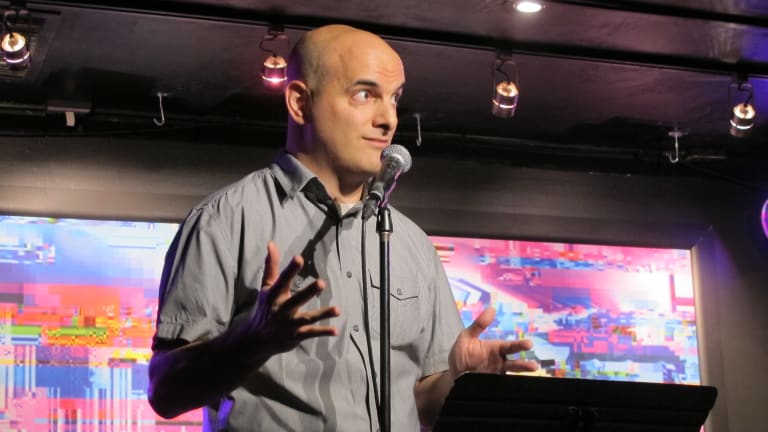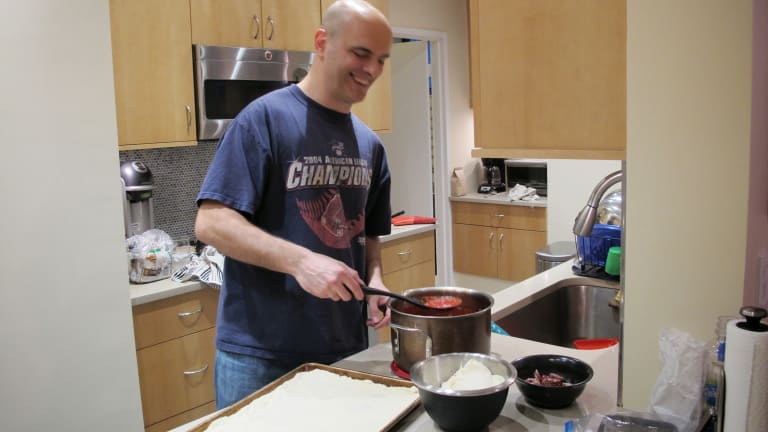Tom Perrotta, 1976–2021: Words of appreciation for a friend and writer
By Jan 08, 2021Ranking Reaction
Belinda Bencic becomes first mom in the Top 10 since Serena Williams in 2021
By Jan 12, 2026Player News
Milos Raonic announces his retirement from tennis: "The time has come"
By Jan 12, 2026Weekend Winners
Sabalenka, Medvedev, Swiatek, Bencic, Bublik: Who had the most significant win of week one?
By Jan 11, 2026Lifestyle
Donna Vekic launches DASH, a diamond jewelry brand made for movement
By Jan 11, 2026United Cup
Third time lucky! Poland wins deciding mixed doubles to win United Cup over Switzerland
By Jan 11, 2026HONG KONG TENNIS OPEN
Alexander Bublik secures Top 10 debut after capturing Hong Kong title
By Jan 11, 2026WTA Brisbane, Australia
Aryna Sabalenka wins second straight title in Brisbane, continues Australian domination
By Jan 11, 2026WTA Auckland, New Zealand
Elina Svitolina beats Wang Xinyu to win her 19th career WTA title in Auckland
By Jan 11, 2026Weekend Preview
Five finals, one Sunday: Tennis’ first titles of the season are up for grabs
By Jan 10, 2026Tom Perrotta, 1976–2021: Words of appreciation for a friend and writer
Some words of appreciation for the boundless enthusiasm and empathetic soul of my friend and fellow tennis writer.
Published Jan 08, 2021
Advertising

Tom Perrotta, 1976–2021: Words of appreciation for a friend and writer
Advertising

Tom Perrotta, 1976–2021: Words of appreciation for a friend and writer